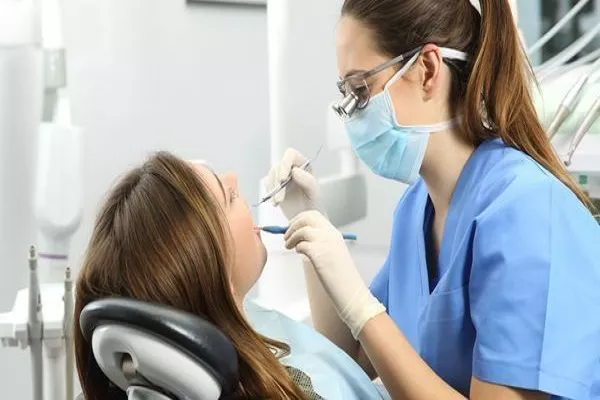Orthodontic treatment has come a long way, and clear aligners have gained popularity as a convenient and discreet option for achieving straighter teeth. If you’re considering aligners as your orthodontic choice, you might be wondering how long it takes to make these custom-fit, removable trays. In this article, we will delve into the process of creating clear aligners, including the various stages and factors that influence the time it takes to make them.
Understanding Clear Aligners
Clear aligners are a series of custom-made, nearly invisible trays designed to gradually move your teeth into their desired positions. They are a popular alternative to traditional braces, offering advantages such as greater comfort, improved aesthetics, and ease of maintenance.
The process of creating clear aligners involves several steps, from initial consultation to the delivery of your customized treatment plan. Let’s explore these stages and the time associated with each.
Initial Consultation (1-2 Hours): The journey towards getting clear aligners begins with an initial consultation with an orthodontist or a dentist who specializes in orthodontics. During this appointment, you will discuss your goals, undergo a thorough examination, and have digital impressions or physical molds taken of your teeth.
Treatment Planning (1-2 Weeks): After your initial consultation, your orthodontist will analyze the collected data, including impressions, X-rays, and photographs. They will use this information to create a customized treatment plan that outlines the specific tooth movements required to achieve your desired results. This stage typically takes about 1-2 weeks.
3D Digital Scanning and Model Creation (1-2 Weeks): Traditional molds have largely been replaced by digital scanning. A 3D digital scan of your teeth provides precise data for creating your aligners. This step also takes approximately 1-2 weeks.
Aligner Fabrication (2-3 Weeks): Once the treatment plan and digital models are ready, the fabrication of your clear aligners begins. The aligners are custom-made for your teeth using specialized computer software and 3D printing technology. This phase typically takes 2-3 weeks.
Fitting and Start of Treatment (1-2 Hours): Once your aligners are ready, you will return to your orthodontist’s office for a fitting. Your orthodontist will ensure that the aligners fit snugly and provide you with instructions on how to wear and care for them. This appointment usually lasts 1-2 hours.
Treatment Duration (Varies): The overall time it takes to achieve your desired results with clear aligners can vary widely depending on the complexity of your case. Some individuals may complete their treatment in a few months, while others may require more than a year. Your orthodontist will provide an estimated treatment duration during your initial consultation.
Factors Influencing Aligner Production Time
Several factors can influence how long it takes to make clear aligners:
Orthodontist’s Workflow: The efficiency and workload of your orthodontist’s office can affect the time it takes to progress through the treatment stages.
Treatment Complexity: More complex cases may require additional time for planning and fabrication.
Laboratory and Manufacturing Time: The time needed for aligner fabrication may vary depending on the laboratory or manufacturer used by your orthodontist.
Patient Compliance: Adhering to the prescribed wear schedule and proper care of your aligners can impact the overall treatment time.
Adjustments and Refinements: Some individuals may require mid-course adjustments or refinements to their treatment plan, which can extend the treatment duration.
Conclusion
The journey of obtaining clear aligners involves several stages, from initial consultation to the start of treatment, and the overall time it takes can vary based on individual factors and treatment complexity. While it typically takes several weeks to go from consultation to the fitting of your aligners, the duration of your actual treatment will depend on your specific orthodontic needs and goals. It’s essential to maintain open communication with your orthodontist throughout the process to ensure the best possible outcome and a straighter, more confident smile.
Related Topics:































